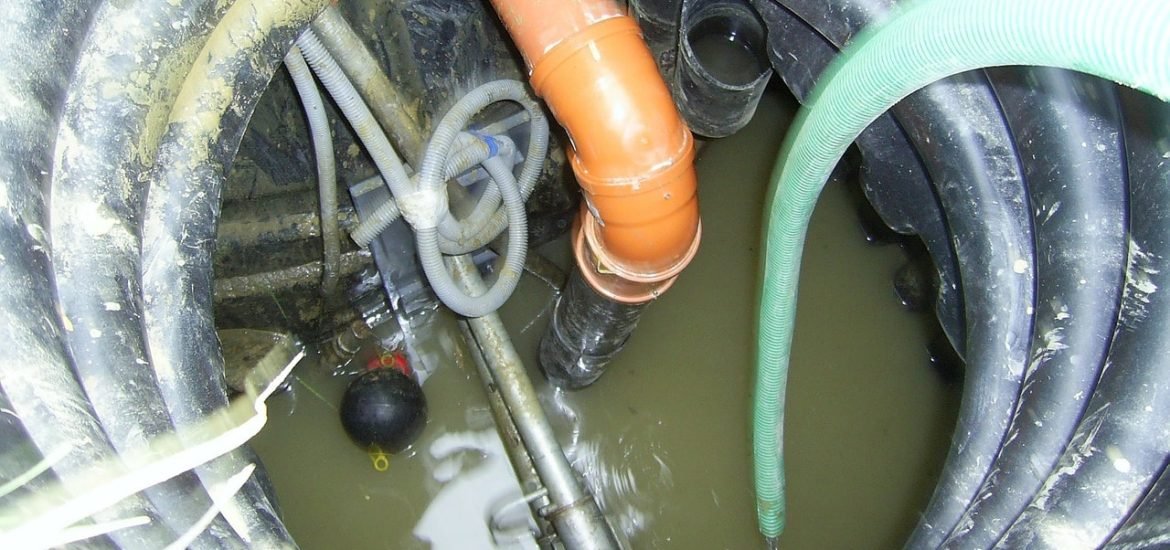
A team of researchers from the Swiss Federal Institute of Technology in Zurich (ETH Zurich) has developed a simple filter capable of eliminating virus present in water, according to a study published recently in Nature Nanotechnology (1). The new system not only has proved highly effective to eliminate a wide range of viruses, such as adenoviruses and retroviruses, but it’s also cheaper than current alternatives.
Some virus, like the coronavirus, can spread through the air. In contrast, others prefer to spread in the water, including potentially dangerous pathogens that cause gastrointestinal diseases. There are technologies already available to remove these viruses from water using reverse osmosis or nanofiltration, but they’re expensive and can have hazardous effects on the environment. Reverse osmosis uses large amounts of energy, while nanofilters are made from petroleum-based materials.
Keen to make the process of obtaining clean water easier and cheaper, a team of researchers based at ETH Zurich developed a novel filter membrane that is both effective and environmentally friendly. The system uses denatured whey proteins huddled together into filaments called amyloid fibrils, combined with nanoparticles of iron hydroxide.
To produce the amyloid fibrils, the team added whey proteins from milk to an acidic solution and heated to 90 degree Celsius. They then raised the pH before adding iron salt to form hydroxide nanoparticles attached to the fibrils. This combination of fibrils and hydroxide nanoparticles makes this filter very effective at catching viruses in water. The iron – with a positive charge – can attract viruses (negative charge) and inactivate them, while the fibrils provide the perfect matrix to support the nanoparticles.
Tests showed that the new filter could successfully eliminate different types of viruses, such as enteroviruses, retroviruses and adenoviruses. Some of these are responsible for gastrointestinal infections, killing over a million people in developing countries every year. In addition, the membrane can also completely remove the H1N1 flu virus as well as the new SARS-CoV-2 virus present in the water. “We are aware that the new coronavirus is predominantly transmitted via droplets and aerosols, but in fact, even on this scale, the virus requires being surrounded by water. The fact that we can remove it very efficiently from water impressively underlines the broad applicability of our membrane,” says Raffaele Mezzenga, Professor of Food & Soft Materials and lead author in this study.
The membrane was originally designed for wastewater treatment plants or potable water, but it can also be applied to air filtration systems. And the cherry on top of the cake: it can be produced with minimum energy, it requires no additional energy to operate, and it can easily be composted after use, giving it a perfect CO2 footprint. These characteristics make it a great choice to use in various situations, from rural to urban communities and both in developed and developing countries.
(1) Palika A, Armanious A, Rahimi A, et al. An anti-viral trap made of protein nanofibrils and iron oxyhydroxide nanoparticles. Nature Nanotechnology, 2021. Published online 3 June; doi: 10.1038/s41565-021-00920-5